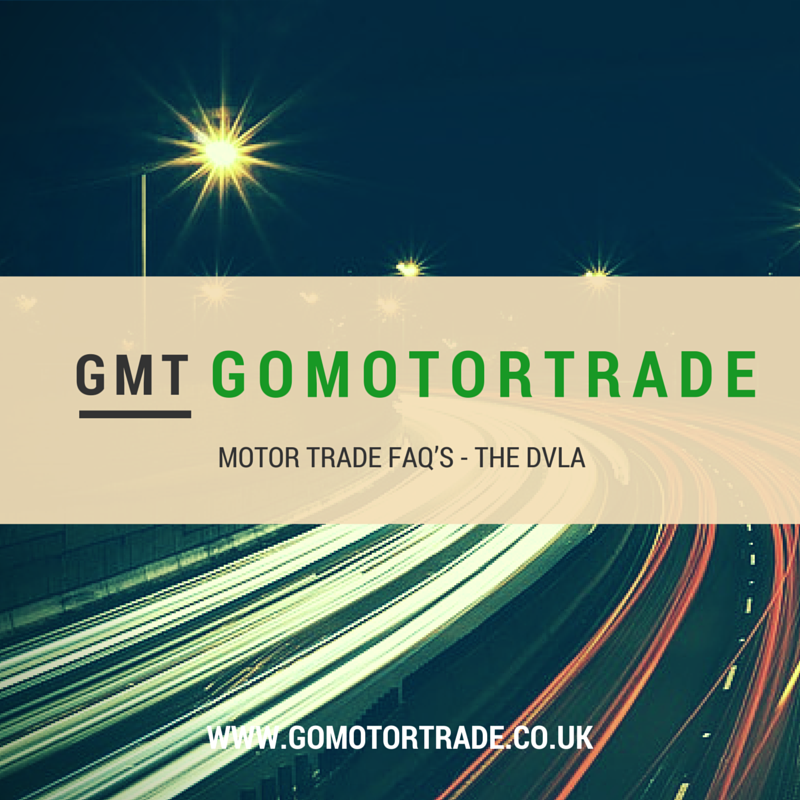
The DVLA website is an information hub for any motorist looking for advice on driving, tax, MOTs, licences and more. It is an executive agency of the Department for Transport (DfT) whose main responsibility is keeping a register of drivers and vehicles in Great Britain. The DVLA use this information and data to improve safety on the roads, monitor crime related to vehicles, promote and encourage environmental initiatives and limit vehicle tax evasion.
With over 45 million driver records, 38 million vehicle records and a collection of over £6 billion a year in vehicle tax, the DVLA limits evasion to no more than 1% annually.
The DVLA are also responsible for:
• Maintaining records of licensed drivers and registered vehicles
• Issuing licences to drivers and the maintenance of the vehicle driving entitlements
• Maintaining records of driver endorsements, disqualifications and medical conditions
• Issuing vehicle registration certificates to vehicle keepers
• Collecting and enforcing vehicle tax
• Helping the police and intelligence authorities deal with vehicle related crime
• Registering and issuing tachograph cards
• Issuing vehicle registration marks
• Selling personalised registrations
• Selling anonymised data
DVLA Information for Motor Traders
DVLA: Trade Plates
Trade plates will save any motor trader time and money as it means you won’t have to register and tax each vehicle that’s temporarily in your possession. For a trade licence you need to apply to the DVLA and once it is approved you are able to use your trade plates. For more information read our blog “Everything Motor Traders need to know about Trade Plates – FAQs”.
DVLA: Motor Traders
As a motor trader you are required to report the purchase of a vehicle and also the sale of a vehicle on behalf of the seller.
Ensure that:
• No changes have been made to the V5C registration certificate
• The name and address on the V5C are correct
• Any personalised registration numbers have been kept or transferred
You will need:
• The 11 digit reference number from the latest V5C registration certificate
• Permission of the seller to act on their behalf
Once this is done the vehicle’s registered keeper will be taken off the DVLA’s records and receive a confirmation letter by post. Any tax that is due to be refunded will be done by the DVLA automatically. For more information on motor traders read our blog “Motor Traders and the DVLA”.
DVLA: Road Tax
To renew your road tax you must go to the gov.uk/vehicle-tax website and fill out the forms. The online process is simple but it can also be done over the phone, however you cannot arrange a Direct Debit over the phone.
All you will need to apply online is:
• The 16 digit reference number on your vehicle tax renewal letter (V11)
• The 11 digit reference number on your log book (V5C)
• The 12 digit reference number on your New Keeper Supplement (V5C/2) if you’ve just bought the vehicle
DVLA: Road Tax Refund
If your vehicle has been sold you will receive a refund from the DVLA automatically for the time you have left on the tax disc. The DVLA will only process the refund once they have received notice of the change on the V5C.
The refund is issued once the DVLA receive notification from the registered keeper that the:
• Vehicle has been sold or transferred
• Vehicle has been scrapped at an authorised treatment facility
• Vehicle has been exported
• Vehicle has been removed from the road and the person on the vehicle register has made a statutory off road notification (sorn)
• Registered keeper has changed the tax class on the vehicle to an exempt duty tax class
For more information visit our “Frequently asked Motor Trade Questions about Tax Disc changes” blog.
